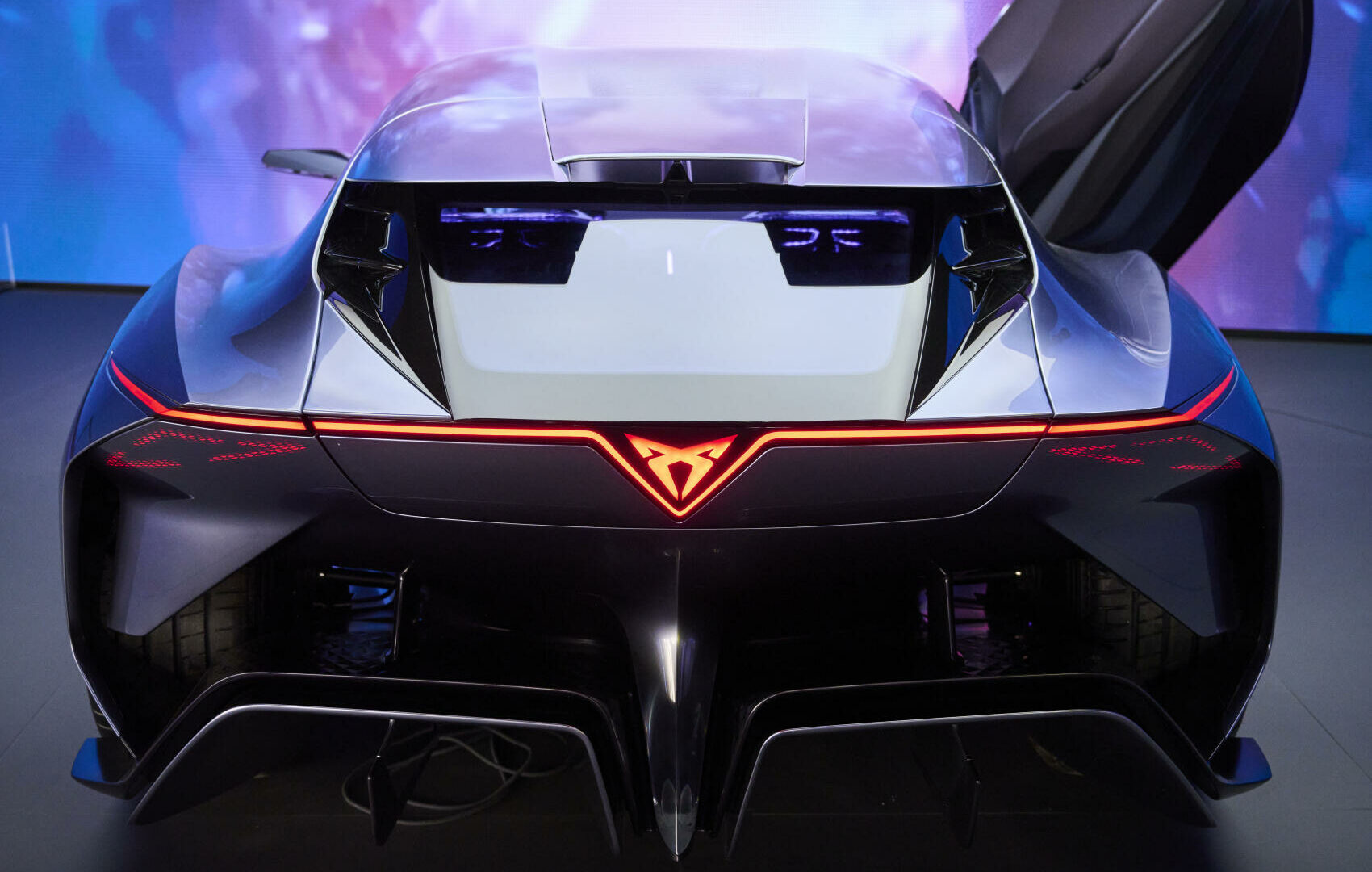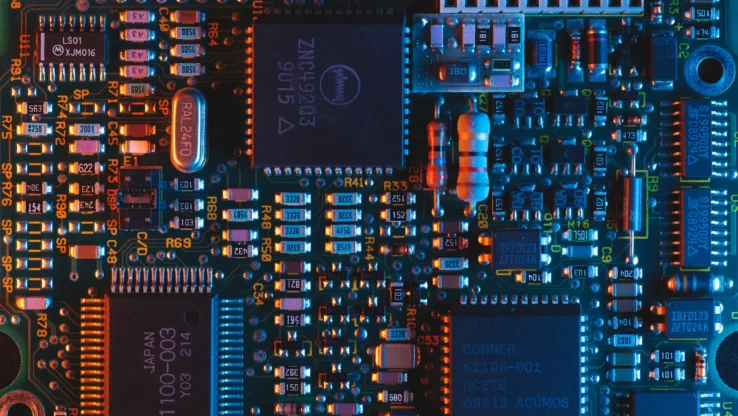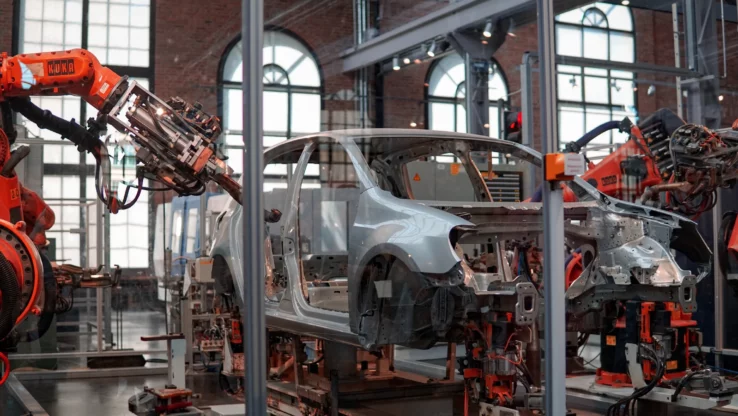New Horizons? The IAA 2023 and Europe’s Changing Car Industry
12. September 2023
For decades, European car manufacturers dominated the industry. However, the balance of power is shifting in the realm of electromobility. Today, Asian manufacturers and American high-flyer Tesla are serious competitors. What is the current state of the global automotive race?
IAA 2023 could be remembered as the pivotal moment when the course for the future of the automotive industry was reset. Non-European car makers such as BYD and Nio from China and Tesla from the USA are increasingly setting the pace. However, German manufacturers have proven that their innovative strength remains unbroken despite all the doomsday predictions.
The appearance of the Chinese automotive brand BYD was particularly noteworthy. With over 1.8 million electric vehicles sold worldwide, the company underscored its status as an industry leader with its large exhibit. Specifically, the Dolphin, a small electric car priced at less than 30,000 euros, demonstrates the mass-market appeal of electric vehicles. A key to BYD’s aggressive pricing strategy is its investment in not only larger but also more affordable sodium-ion batteries, in addition to conventional lithium-ion batteries.
The electric vehicle specialist Nio, also based in China, unveiled its new ET7 electric SUV, boasting a range of up to 1,000 kilometers, at a side event of the trade fair. Nio’s partnership with German energy supplier EnBW is particularly noteworthy as it could accelerate the adoption of rapid battery-swapping technology in Europe, as opposed to the more time-consuming process of charging at stations.
German manufacturers are innovative but somewhat late
However, German manufacturers demonstrated at the Munich event that they are embracing the competition. BMW unveiled its plans for the “New Class” — a platform intended to lay the foundation for the next generation of electric vehicles. This initiative is not just about new designs and technologies for future BMWs; it also focuses on entering the circular economy and on the responsible use of raw materials and resources. The first series of models is expected to hit the market in 2025. Mercedes-Benz also made headlines with its new MMA platform, which is designed for electric drive but can still accommodate an internal combustion engine. Meanwhile, Audi, a VW subsidiary, introduced a completely new vehicle for the first time in a long while: the electric SUV Q6 e-tron, which is based on a joint software platform developed by Audi and Porsche. However, the SUV was only displayed on press day as a lightly disguised prototype.
In addition to product presentations, infrastructure and challenges in Germany were important points of discussion. German manufacturers unanimously expressed concern about rising energy costs, enormous bureaucracy, and a public attitude perceived as “critical of the industry.”
Tesla and Hyundai also provided insights into their strategies. While Tesla showcased its Model 3 facelift, Hyundai announced plans to launch six electric models by 2025 under its new sub-brand, Ioniq.
Conclusion of IAA 2023: New players, particularly from Asia, are leading the way with their electric innovations. However, German carmakers are rapidly shifting into catch-up mode. The impact of their new platform strategies on the e-mobility landscape is yet to be seen, but one thing is clear: the pace of the market has accelerated, and the race is open.
The most important takeaways from IAA:
Flexible adjustment: Manufacturers such as BYD and Tesla have demonstrated their ability to adapt rapidly to changing market conditions. Whether it involves introducing new battery technologies or addressing semiconductor shortages, speed and flexibility are essential.
Innovation through partnership: Nio’s collaboration with German energy provider EnBW highlights the importance of cross-border cooperation for success in the field of electromobility. Through strategic partnerships, companies can leverage synergies and develop joint solutions to industry-wide challenges.
Dealing proactively with challenges: The semiconductor crisis has underscored the importance of a resilient supply chain. While some companies were caught off guard by bottlenecks, Tesla and other non-European manufacturers took proactive steps early on to strengthen their supply chains and minimize failures.
Exploring new business models: Asian and American manufacturers are often open to testing new business models — be it Nio’s battery-swap model or Tesla’s approach to vehicle sharing. This willingness to experiment can lead to disruptive innovations and challenge established business practices.


